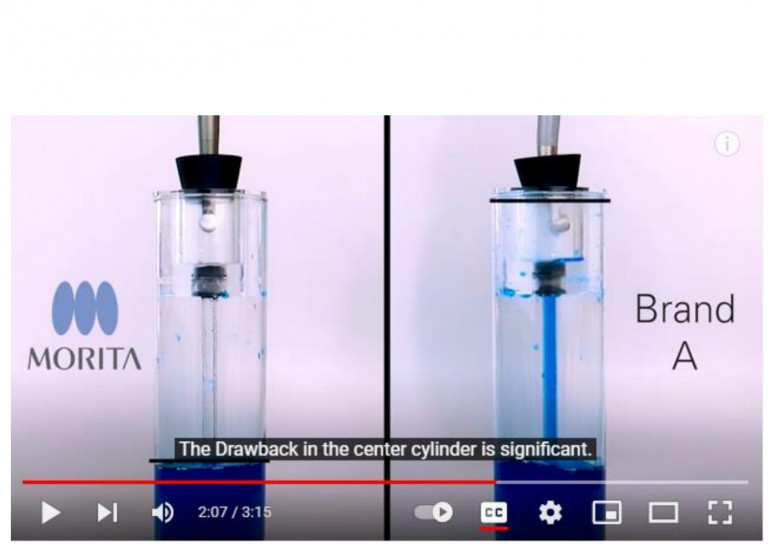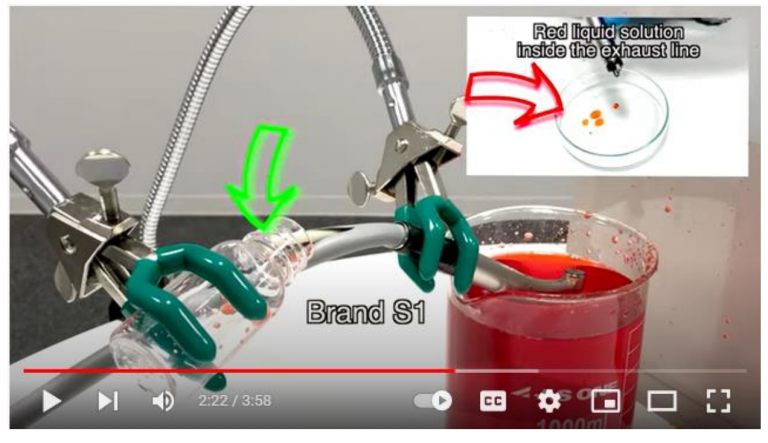FAQ
Dental Handpieces "Should Always be Heat-sterilized Between Uses"
December 2003 the U.S. Centers for Disease Control and Prevention (CDC) published “Guidelines for Infection Control in Dental Health-Care Settings-2003” indicated that” Although dental handpieces are considered a semicritical item, they should always be heat-sterilized between uses and not high-level disinfected (246).” https://www.cdc.gov/mmwr/pdf/rr/rr5217.pdf
October 2016, the CDC further clarification was made” Note: Dental handpieces and associated attachments, including low-speed motors and reusable prophylaxis angles, should always be heat sterilized between patients and not highlevel or surface disinfected. Although these devices are considered semicritical, studies have shown that their internal surfaces can become contaminated with patient materials during use. If these devices are not properly cleaned and heat sterilized, the next patient may be exposed to potentially infectious materials” https://www.cdc.gov/oralhealth/infectioncontrol/pdf/safe-care2.pdf
Dental Handpieces are Difficult to Sterilization Due to Complex Internal Lumens
From April 2009 to May 2021, every 4 years, Department of Health of United Kingdom has updated and published the HTM 01-05 Decontamination in primary Care Dental. In regard to dental handpieces sterilization, is still remain as same as “sterilization using a type B or type S sterilizer is likely to be useful, although it should be accepted that it is unlikely that sterility will be achieved – whatever sterilizer is used – due to the presence of lubricating materials “(https://www.england.nhs.uk/wp-content/uploads/2021/05/HTM_01-05_2013.pdf)
June 2017, Organization for Safety, Asepsis and Prevention (OSAP) made a comment to editor of “Sterilization of dental handpieces” as “The authors paid meticulous attention to the surface disinfection protocols. However, they neglected to test the internal components when assessing the level of contamination of the disinfected handpiece. Surgical power tools can be considered the weak link in the decontamination cycle and present a potential for iatrogenic transmission of infection, mainly because their internal complex designs may restrict access to cleaning and sterilization agents.4 Indeed, after surface disinfection of these dental instruments, the internal turbine mechanism retains blood and saliva, as well as viruses and bacteria.5, 6, 7, 8 Viable microorganisms could therefore be expelled during subsequent patient treatment, making strict adherence to dental handpiece sterilization a professional imperative.
Instrument sterilization is a cost-effective, evidence-based practice for patient safety. It is true, however, that contrary to the highest safety standards, compliance with handpiece sterilization remain a major challenge for dental education and professional practice worldwide. In a recent survey (2013-2014) among 207 dentists recently graduated from 43 schools of dentistry in Latin America, only 35% declared that they were trained to sterilize handpieces between patients. https://www.ajicjournal.org/article/S0196-6553(17)30682-X/fulltext#back-bib0015
Turbine Handpiece Retraction/Suck-back Issues
Beside the difficulty to sterilize, the turbine suck back mechanisms cause internal turbine and dental treatment unit water/air lines contaminations. The water/air lines are not stand up to heat sterilize. The results may compromise the sterilized handpieces if the infectious materials returning from the water/air lines. Below is latest YouTube videos from the manufactures showing suckback issues. The retraction/suckback issues have increase aware by designers and factories. There are a few of designs counter the issues, in repeat heat sterile and mechanic abrasion, it may not totally block the infectious materials.
- YouTube dental handpiece draw back issues in clinic setting by J. MORITA MFG. CORP. June 22, 2020
https://www.youtube.com/watch?v=tJymULyP0hQ

2.YouTube NSK Dental Handpiece Anti Suckback Comparison Test. Sep 23, 2020 https://www.youtube.com/watch?v=k0gghYz_esQ
